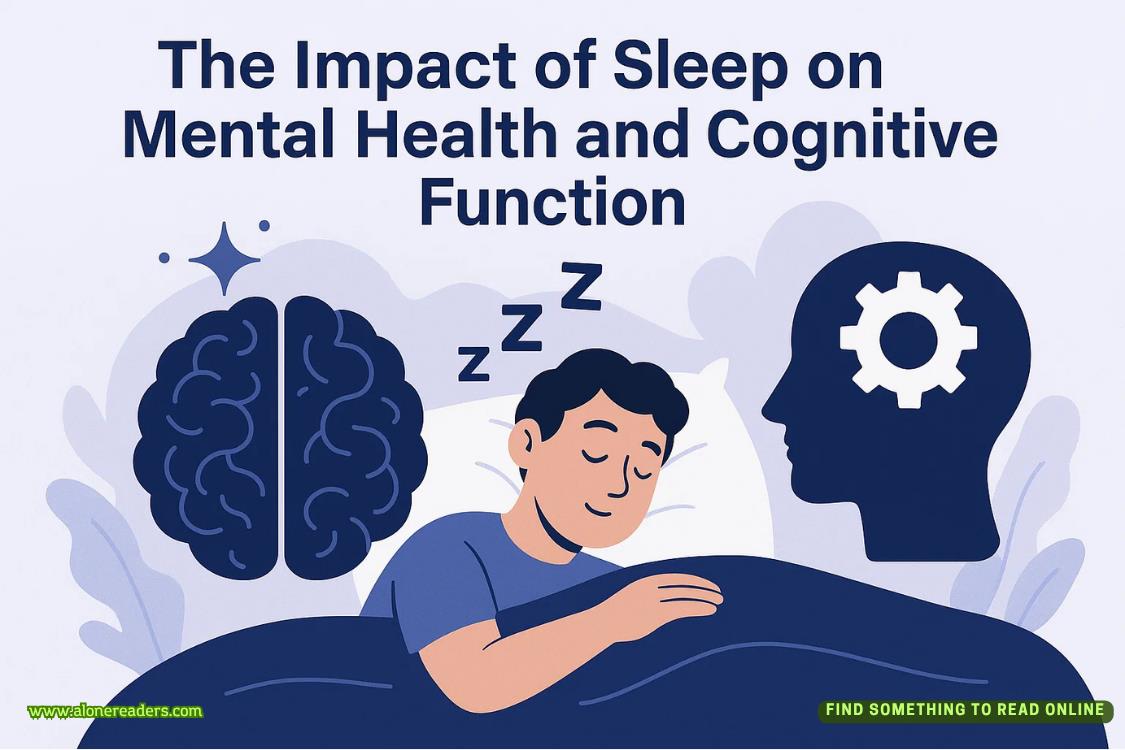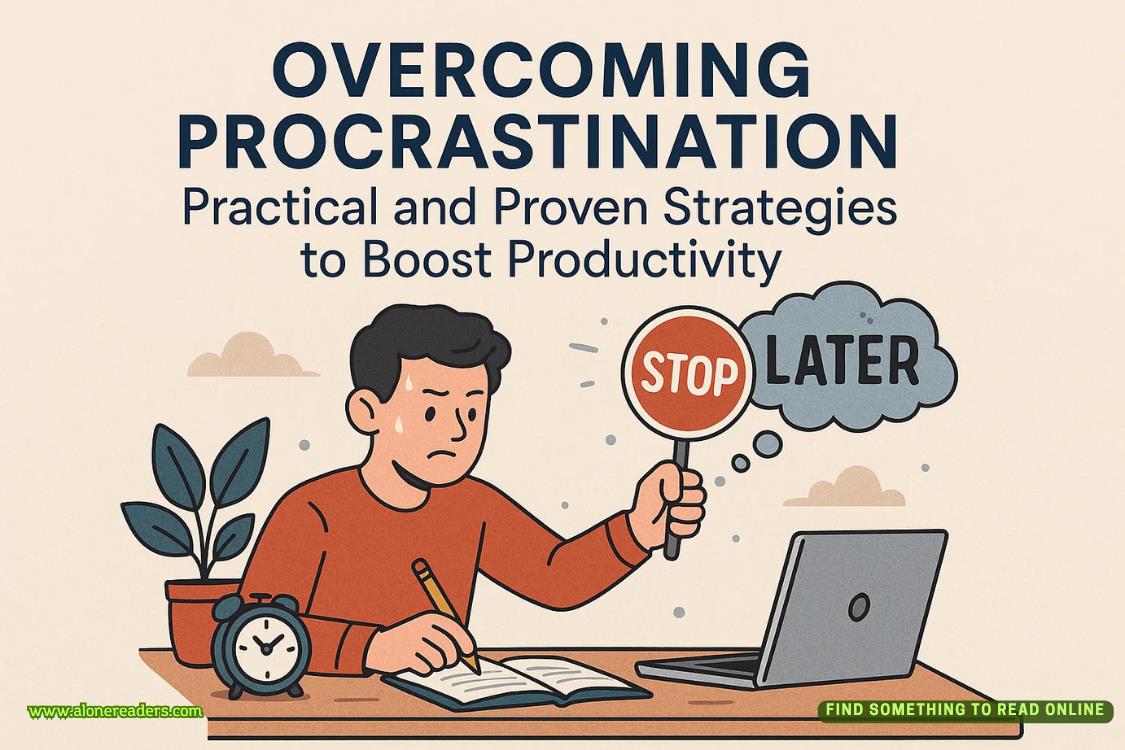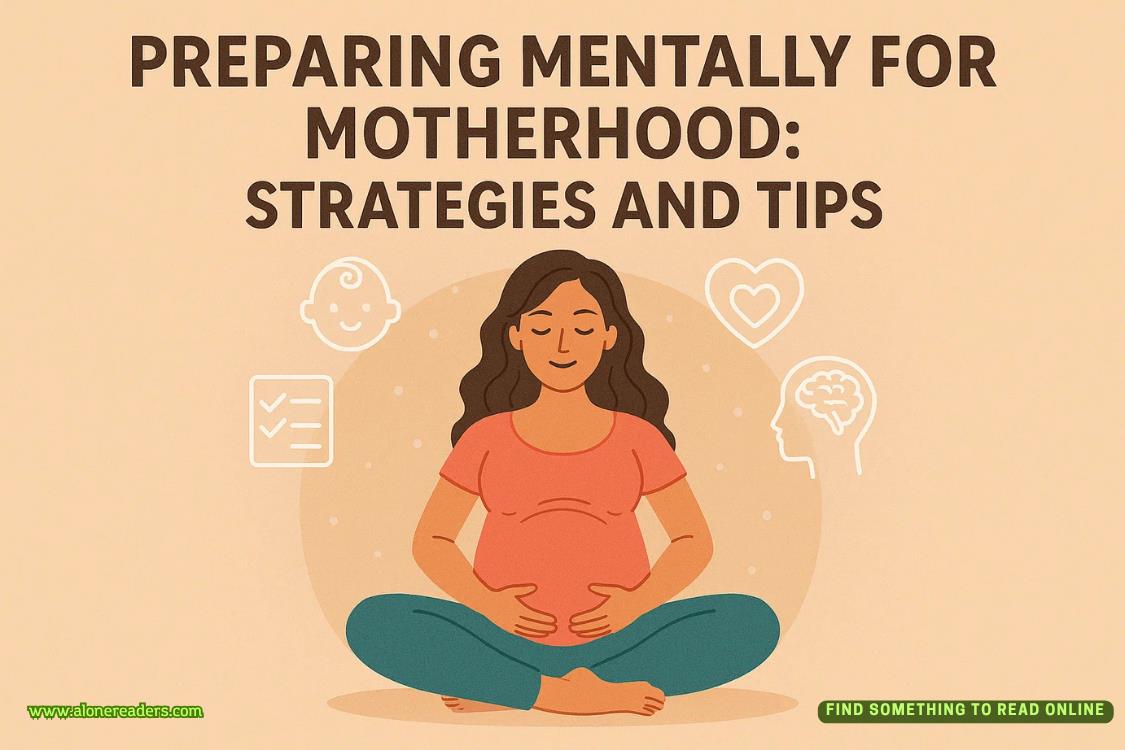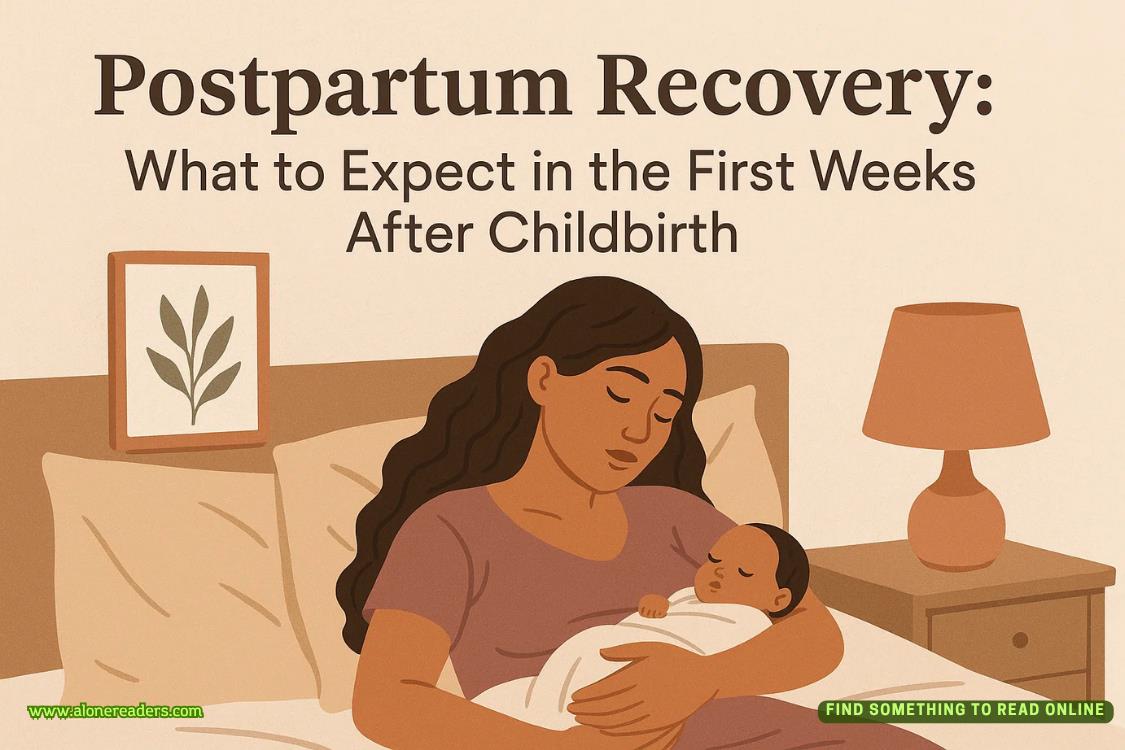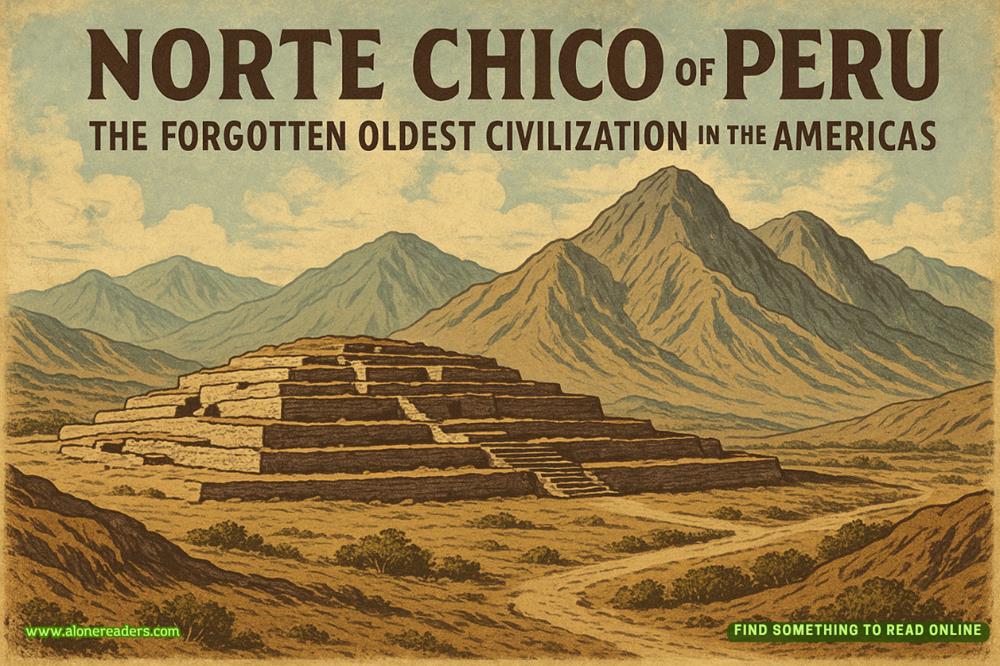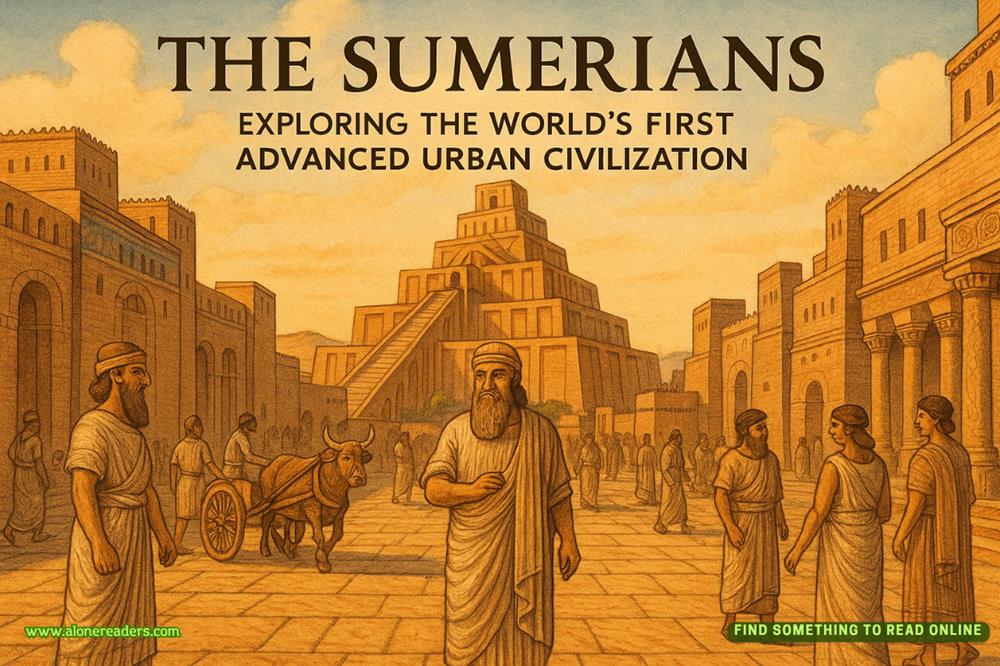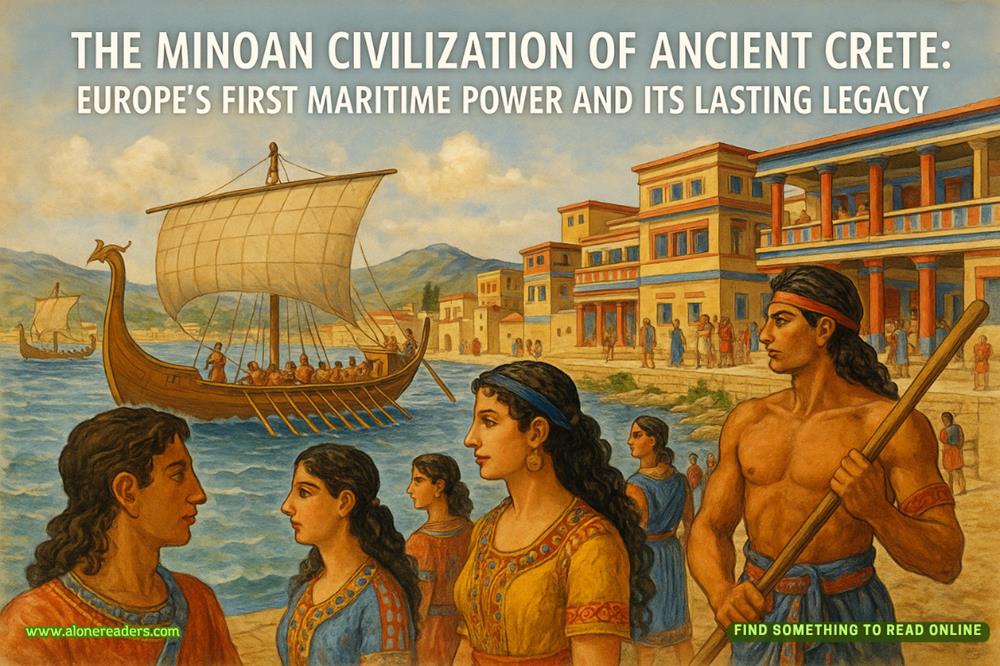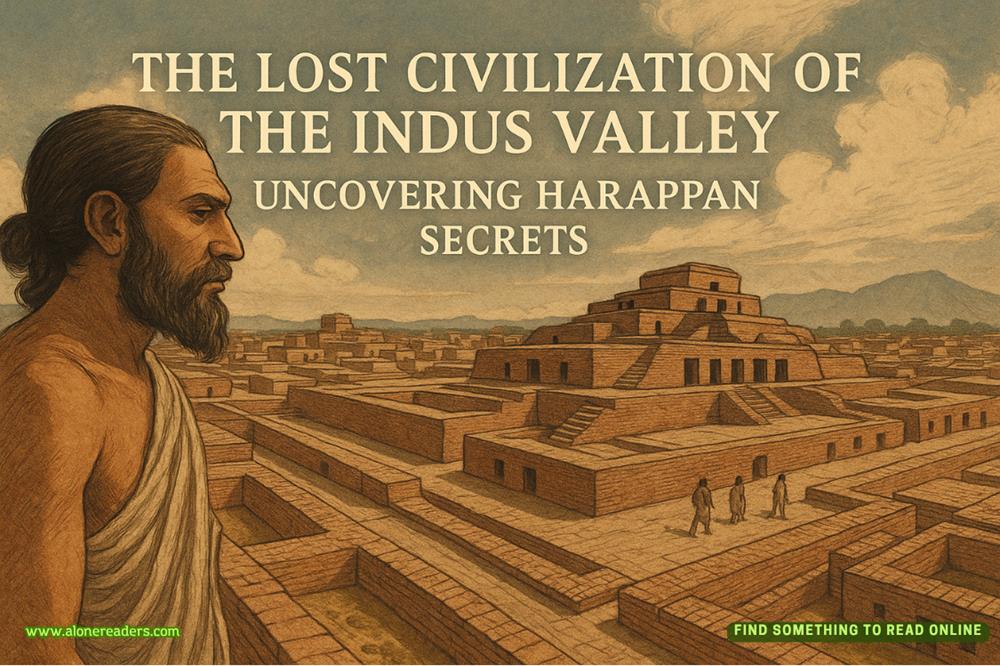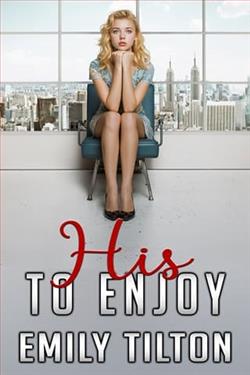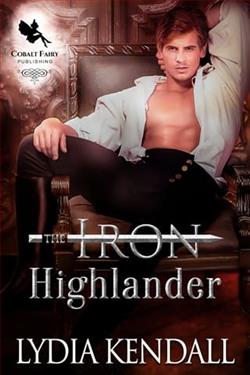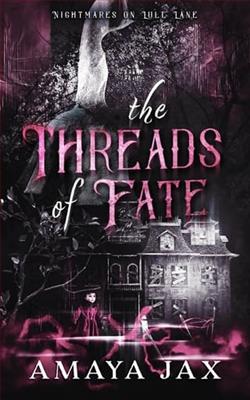Page 75 of Resurrection Walk
“Then what happened?”
“I don’t know how much time went by but then they said it was safe outside and that I should go to the door because a deputy was there.”
“Did you do that?”
“Yes, and that’s when I saw him. Roberto was lying on the ground and they said he was dead.”
I paused and asked the judge to allow me to play the recording of the 911 call Lucinda had just described. Morris did not object and the recording was played on the courtroom’s AV equipment. It did not deviate from the description Lucinda had just given, but her voice on tape had an urgency and fear in it that was absent in her recounting of the event all these years later. I felt that it was good for the judge to hear it and was surprised that Morris had not tried some sort of objection to block.
After the call was played I pivoted to a new line of questioning.
“Now, Cindi, a few minutes ago you mentioned that when you and Roberto were married, he took you to a range to learn how to shoot. Can you tell the court more about that?”
“Like what?”
“Like how many times you went to the range.”
“It was two or three times. It was before our son was born. Once he was born I didn’t want to have guns or shoot.”
“But at that time, before your son was born, did you own a gun?”
“No, they were Robbie’s guns. All of them.”
“How many guns did he have?”
“I’m not sure. Like five.”
“And he had bought all of these?”
“No, he told me he took some of them away from people. Bad people. If they found them with guns they would take them away. Sometimes they kept them.”
“Who is ‘they,’ Cindi?”
“His unit. It was —”
Morris objected, but not fast enough. Mention of the unit was out there. Morris argued that the answer should be stricken from the record and that the story and whatever else Lucinda was about to say would be hearsay based on the alleged statement of a man who was now dead. The judge sustained the objection without giving me a chance to argue it. But that was okay because everyone in the courtroom, including, and most important, the judge, knew who “they” were — the other members of Roberto Sanz’s anti-gang unit.
“Okay,” I said. “Cindi, tell us about the training at the range you did with your then-husband.”
“Well,” Lucinda began, “he taught me about the different parts of the gun and how to stand and point when firing. We shot at targets.”
“Do you remember what stance you were taught to take?”
“Yes.”
“And what was it called?”
“Oh, I thought you meant if I remembered the stance. I don’t remember if it was called anything.”
“Are you saying you could demonstrate it if the court allowed it?”
“Uh, yes.”
I asked the court’s permission to have Lucinda step down from the witness stand and demonstrate the shooting stance her husband had taught her. Morris objected, arguing that such an exercise would waste the court’s time because the demonstration could not be connected in any way to the shooting of Roberto Sanz.
“Your Honor,” I countered, “I plan to prove that Lucinda Sanz did not fire the shots that killed her ex-husband. This demonstration is one of the dots that will be connected along the way.”
“I’ll allow it,” Coelho said. “But I will hold you to your promise to connect those dots. Proceed.”
